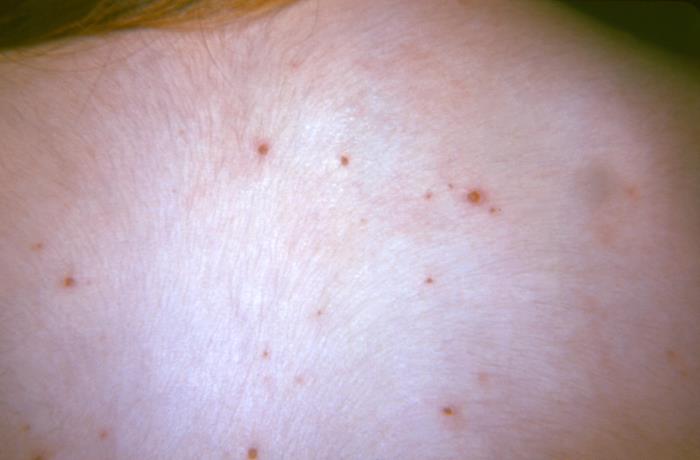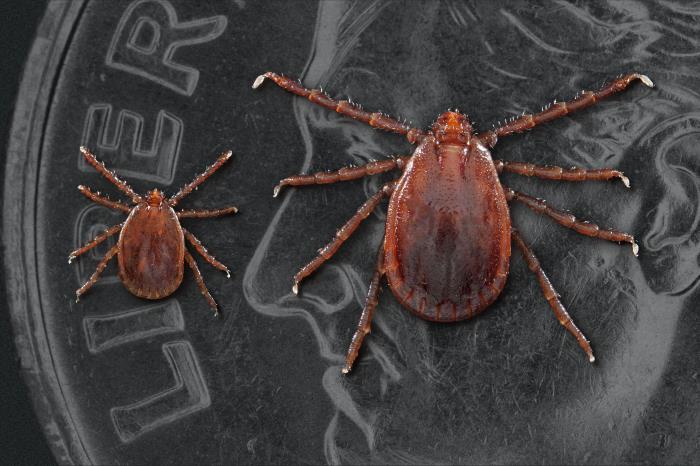We have an influenza vaccine and scientists are hard at work developing one for coronavirus. For infections spread by insect bites and stings, avoiding exposure is the best way to prevent disease.
Insect bites and stings cause 3 types of problems-
local skin reaction
A local reaction at the site of the bite. This can range from mild redness, swelling and itching to a deep wound that may get infected.

systemic reaction
A systemic reaction means symptoms in multiple organs of the body. This could include nausea, vomiting, trouble breathing, dizziness, muscle aches , headache and anaphylaxis (life-threatening allergic reaction). Bee and wasp stings can cause both local and systemic reactions.
An insect transmitted infection
We worry most about this one (other than an anaphylaxis.) World wide, this is the most serious result of insect bites, leading to millions of illnesses and deaths. Malaria alone infects 200 million people, causing almost 500,000 deaths yearly.
Mosquitoes– bites can transmit malaria; Zika , chikungunya, dengue, West Nile,and yellow fever viruses
Ticks-bites transmit Lyme disease, Rocky Mountain Spotted Fever, ehrlichiosis, and tularemia.

This image is in the public domain and thus free of any copyright restrictions
Preventing insect bites
- wear long sleeve shirts and jackets
- sleep under nets
- be cautious when eating out of doors
- remove sources of standing water
- keep doors and windows closed, or install screens
- apply insect repellents to skin or clothing
Insect repellents shown effective in scientific studies.
(This section contains several affiliate links. They are here for your convenience and to support this blog. However, they do not indicate endorsement or advice to use.)
DEET- N, N-diethyl-m-toluamide
- best documented effectiveness against mosquitoes and also repels ticks, chiggers, fleas, gnats ,and flies.
- Safe for children over 2 months old
- Considered safe in pregnancy
- Apply sunscreen first, then apply DEET
Ultrathon Insect Repellent 2 oz (Pack of 2)

Picaridin
- Protects against mosquitoes, ticks, flies, fleas, and chiggers
- Safe for children
- Safe in pregnancy
- Better tolerated than DEET
Avon SSS Bug Guard Plus Picaridin Aerosol Spray 4 Oz.


IR3535
- Works against mosquitoes, deer ticks, flies
- Safe in pregnancy


Oil of Lemon Eucalyptus – p-menthane-3,8-diol (PMD)
- Repels mosquitoes, flies, gnats
- Less effective than DEET for ticks
- Not for children less than 3 years old
- Safe in pregnancy
Coleman Oil of Lemon Eucalyptus, Deet Free Insect Repellent Spray Pump, 4 fl oz


Permethrin
- Repels and kills mosquitoes and ticks
- Is applied to clothing, nets, tents and sleeping bags
- No evidence of harm to children or in pregnancy
Coleman Gear and Clothing Permethrin Insect Repellent Aerosol, 6 Ounce

Citronella
- Only effective against mosquitoes, not against ticks
- Less effective than DEET

Essential oils
- Obtained from clove, geraniol, patchouli
- Limited and variable protection against mosquitoes


How we’re fighting malaria around the world
You can help the victims of malaria by donating to the Malaria Medicine Fund. Blessings International gives malaria medicine to medical teams free of charge to use while treating malaria patients all over the world. 100% of donations go to this cause.
Read more and donate at this link
Blessings is working to fight malaria, and you can help!
(Watercress Words endorses Blessings International but has no direct financial interest or connection. This is not a sponsored or affiliate link.)
Listen to an Apple Podcast where 2 Docs Talk about
Emerging Vector Borne Disease
A vector is an organism that carries and transmits disease. The term usually refers to insects, but humans and other animals can also be vectors.
exploring the HEART of disease prevention

Megan Briggs from Blessings International shares



Thank you for the information.
LikeLike
You’re welcome , thank you for the opportunity to share my post.
LikeLike
Wow! Thanks Aletha…this is so helpful. California has received so much needed rain this spring. But along with it came ferocious mosquitos. We normally don’t have many and are totally unprepared. I love the eucalyptus oil idea. I am forwarding this to our neighbors.
LikeLike
You’re welcome Debra. We had such a mild winter here in Oklahoma that the mosquitoes arrived back early, plus we’re having lots of rain now. So we needed the info also. I hope it helps you and your neighbors.
LikeLike